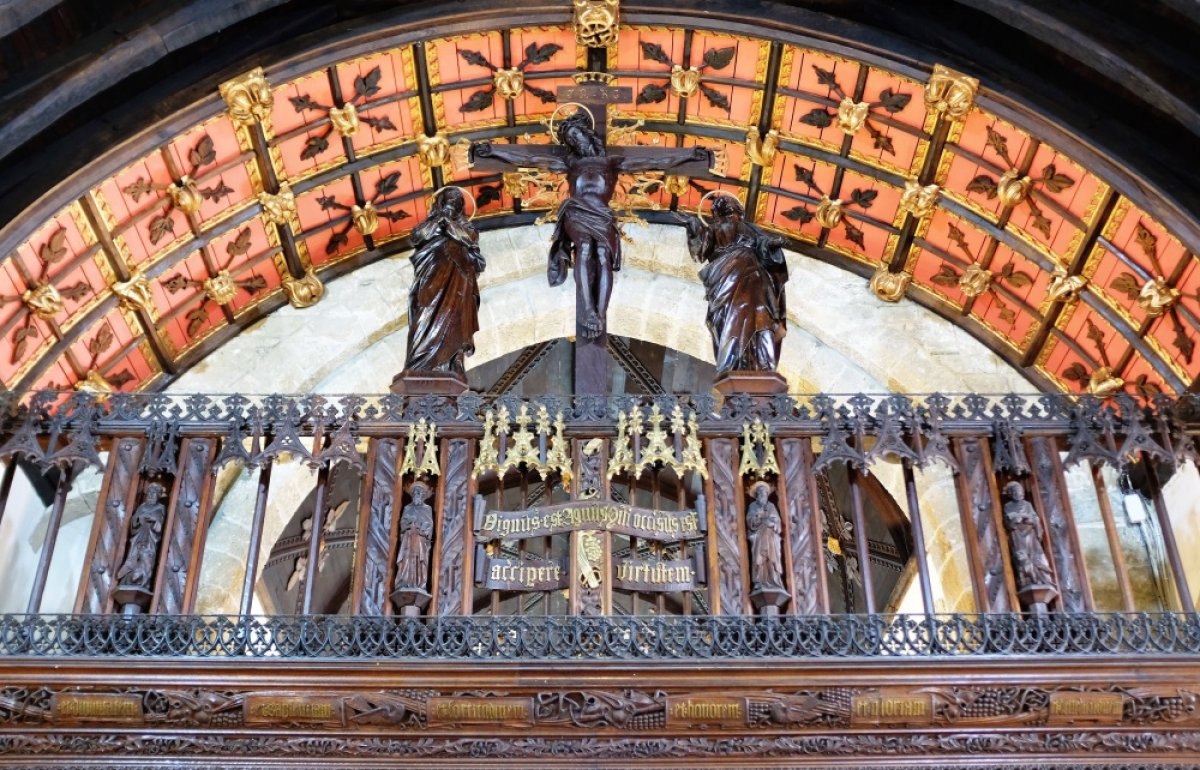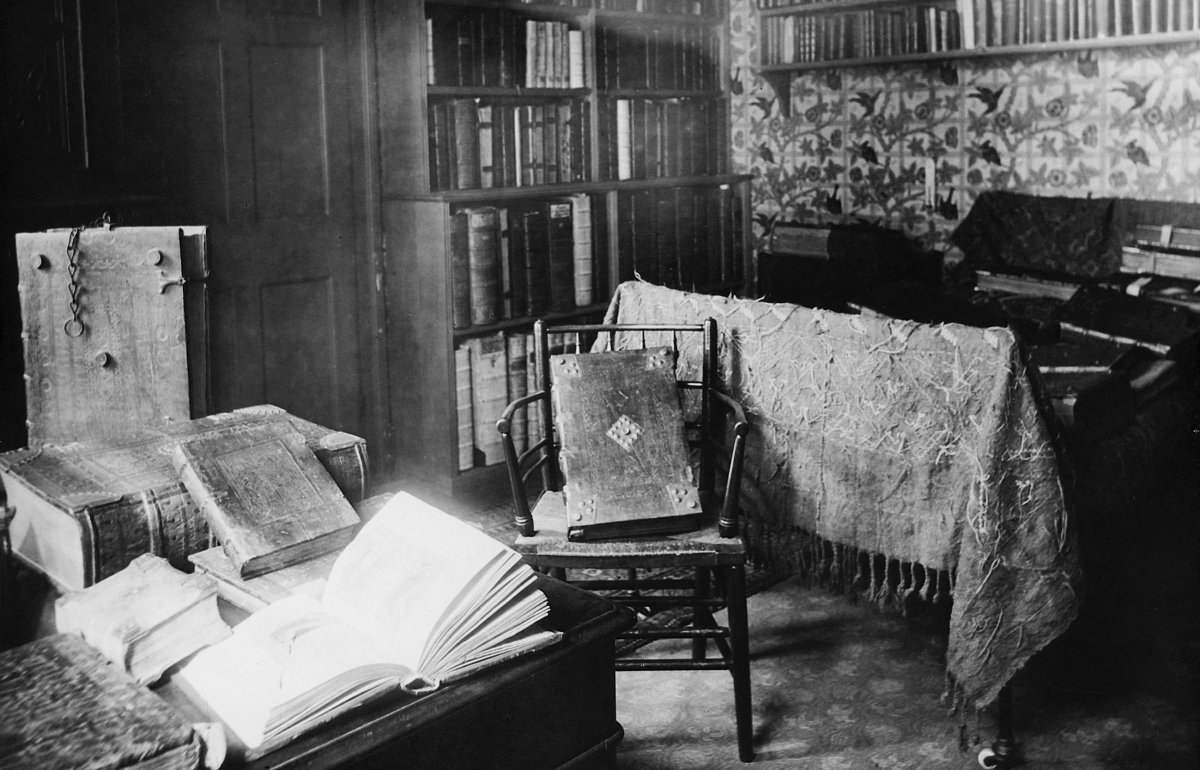The art and craft of wallpaper
Share on:
Our founder William Morris’ designs arguably helped to shape our enduring taste for wallpapers. But how did British wallpaper develop, and how was it made?
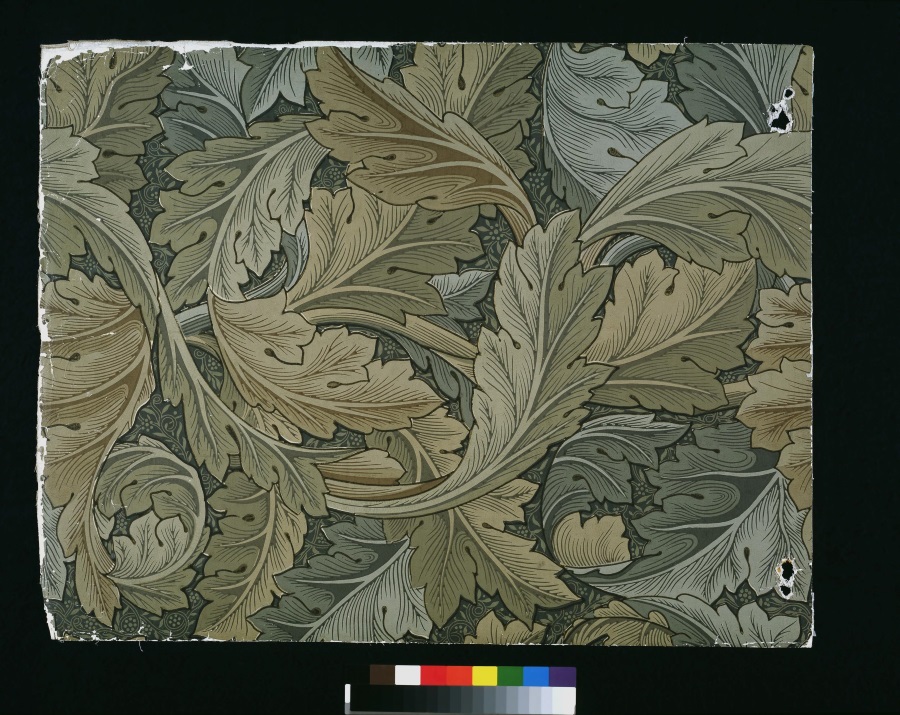
Throughout the 18th and 19th centuries London was the centre of an internationally prestigious trade in wallpaper. A wallpaper tax was introduced in 1712, which set the standard length of a roll at approximately 12 yards long, when rag-based sheets were glued together by hand. Despite the tax, papering interiors became increasingly popular, as it was still cheaper than wainscotting (wood panels fixed to the lower half of an internal wall) and better resisted the spread of fire.
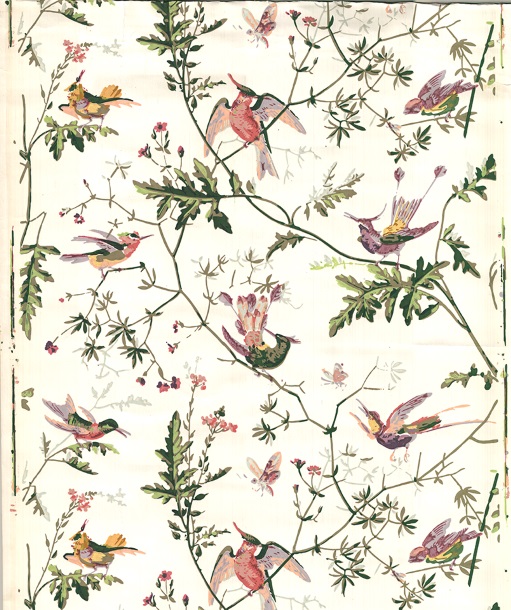
Historically wallpaper designs often reflected patterns used on fabrics, so that walls could match or complement curtains and upholstery. In the early 19th century calicos inspired a fashion for striped paper and to achieve this, printers would fill wooden troughs with slits or holes for the pigments to drip onto paper underneath. For paper to imitate silks, printers used metal brushes, combs and rollers to texture the paper. To create flocked paper, which imitated damasks and velvet wall hangings, was especially expensive. The design was first printed from woodblocks with adhesive, onto which wool fibres was thrown. The roll of paper was then beaten with sticks to remove the excess fibres and left to dry often before other layers or colours were added.
Printing required expert precision and skill. Ground colour was applied before designs from carved wood blocks and or stencils were printed on top, often with details finished by hand. Blocks were predominately made from pear wood because of its close grain which would not warp when saturated with pigments. Separate blocks were needed for every colour, using brass strips to create finer details, and most designs required several blocks.
Surface printing developed in the 19th century which attempted to replicate the appearance of hand block prints by carving designs onto wooden rollers but streamlined production as it did not require drying between applying different colours. In 1949, the historic company Cole & Son produced the first screen printed wallpapers in Europe. The company invited students from the Royal College of Art to produce designs and the iconic design ‘Woods’ by Michael Clarke, is one of these.
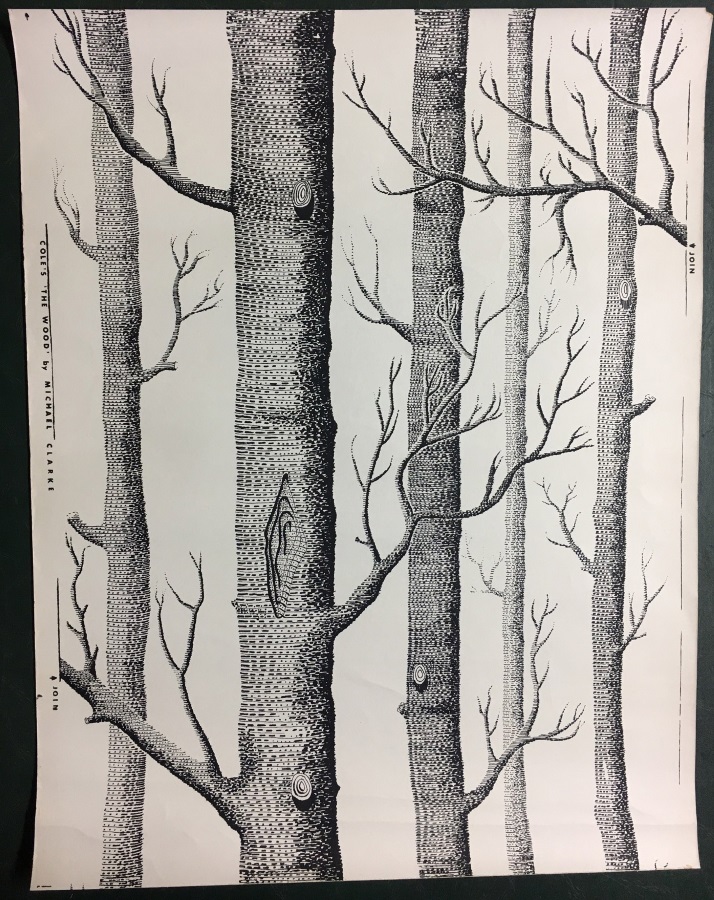
Images:
'Acanthus', Morris & Co, 1875, credit the Victoria and Albert Museum. London
‘Hummingbirds’, 1772, credit Cole & Son
‘Woods’, 1959, credit Cole & Son
Tile image: Original 1751 wallpaper from the rear bedroom of Archbald Moffatt House, credit Niamh Ní Shúilleabháin
Sign up for our email newsletter
Get involved

